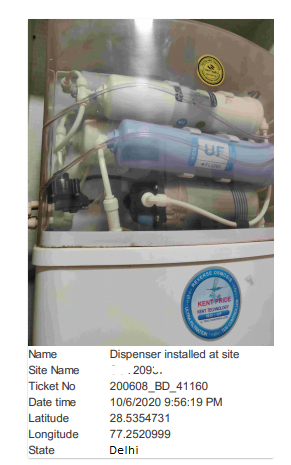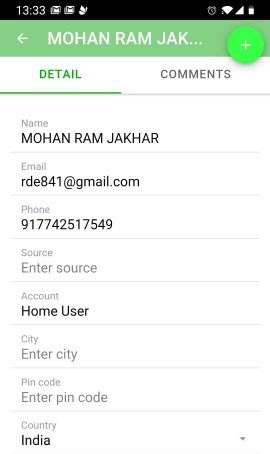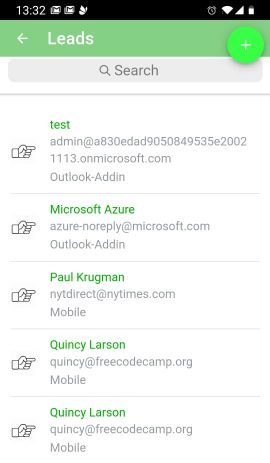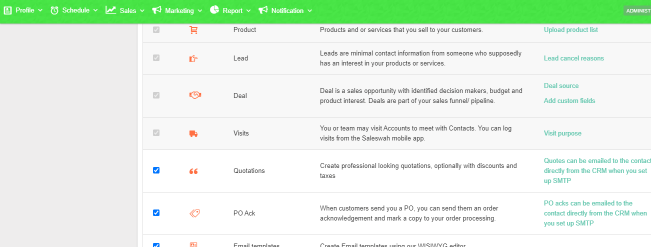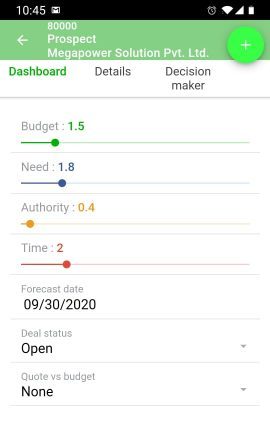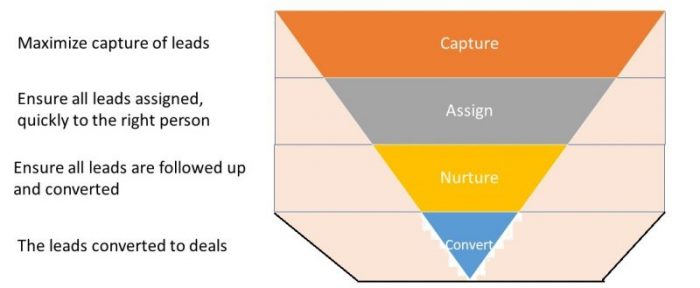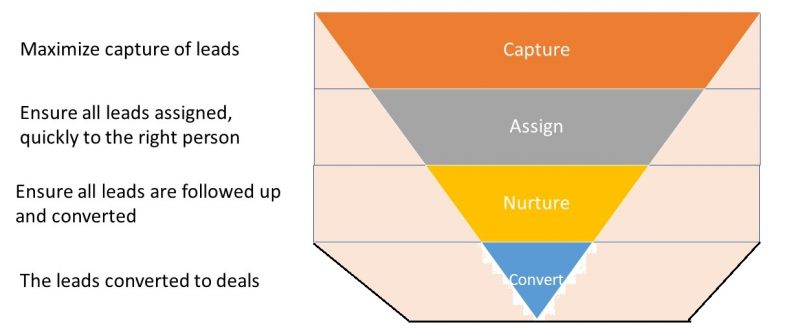Saleswah CRM announces the most comprehensive field service management product
Why does a comprehensive service management product need to ride on a sales management platform? To illustrate, let me tell you a story.
Two insurance companies (A and B) went to war over customer mindshare. To beat the rather staid promise of A to take care of your lifelong needs, the company B came up with the lot more colourful “cradle to grave” promise.
That worked well, so well, that the company A’s ad agency was driven to desperation to come up with a suitable reply. At long last, they did! Their new slogan, was: “From inception to resurrection”!!!
Okay, so I made it up- or relayed an old joke. But, there are many reasons, why “inception to resurrection” might just be the better description of what the actual customer lifecycle is.
When the product is just a need, nebulous in the customer’s mind, it is at the inception stage. We work with the customer to give it shape, focus him on the solution we are offering and then sale happens! In an enterprise, you get a PO which you send to your order processing who make the shipment.
So far, as you can tell, this is the phase Saleswah helped you manage.
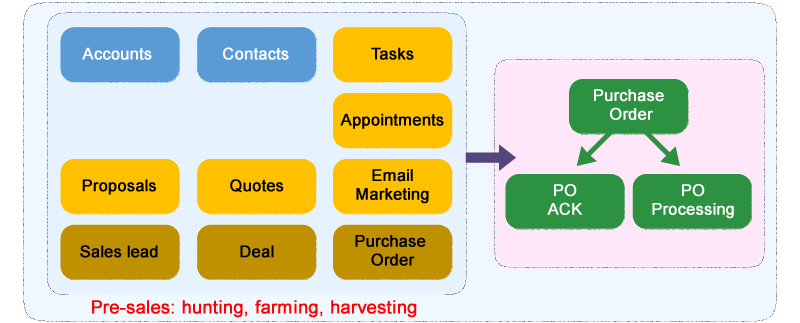
In enterprise sales, won business- does not necessarily lead to another one immediately. So, you may have installed bases which appear active but there may be others which are not.
They might wake up months or even years later, or they might not.
Worse, your sales and aftersales may not talk. So, service may not know all the commitments that sales made to get the business. On the other hand, sales may allow competition to come in during the long hibernation period.
Sales operations and service management on the same platform
For true CRM, the whole organization needs to be involved in managing the customer expectations and relationship. CRM is not just a sales management tool, it is a tool for managing customer relationship as related to the product and service that you are selling.
Sales helps get you in; but service keep you there.
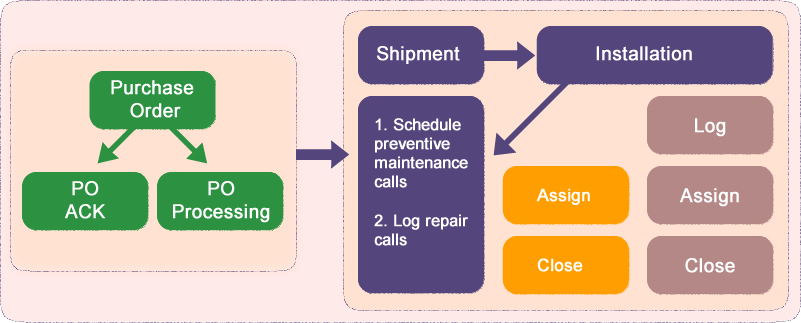
Comprehensive service management: from where sales ends
We did toy with the thought of having a standalone service management product. To be honest, you can use the Saleswah CRM only for Sales or even only as a service CRM. But, the real power of the software comes through in managing your entire sales to support continuum.
Because, you see, many customer relations could do with a rebirth. And, rather than cradle to grave- which implies a closure, resurrection is what you aim for. Having your sales and service in the same platform helps you do that.
Sign-up for a free trial and turbo-charge your customer satisfaction.

